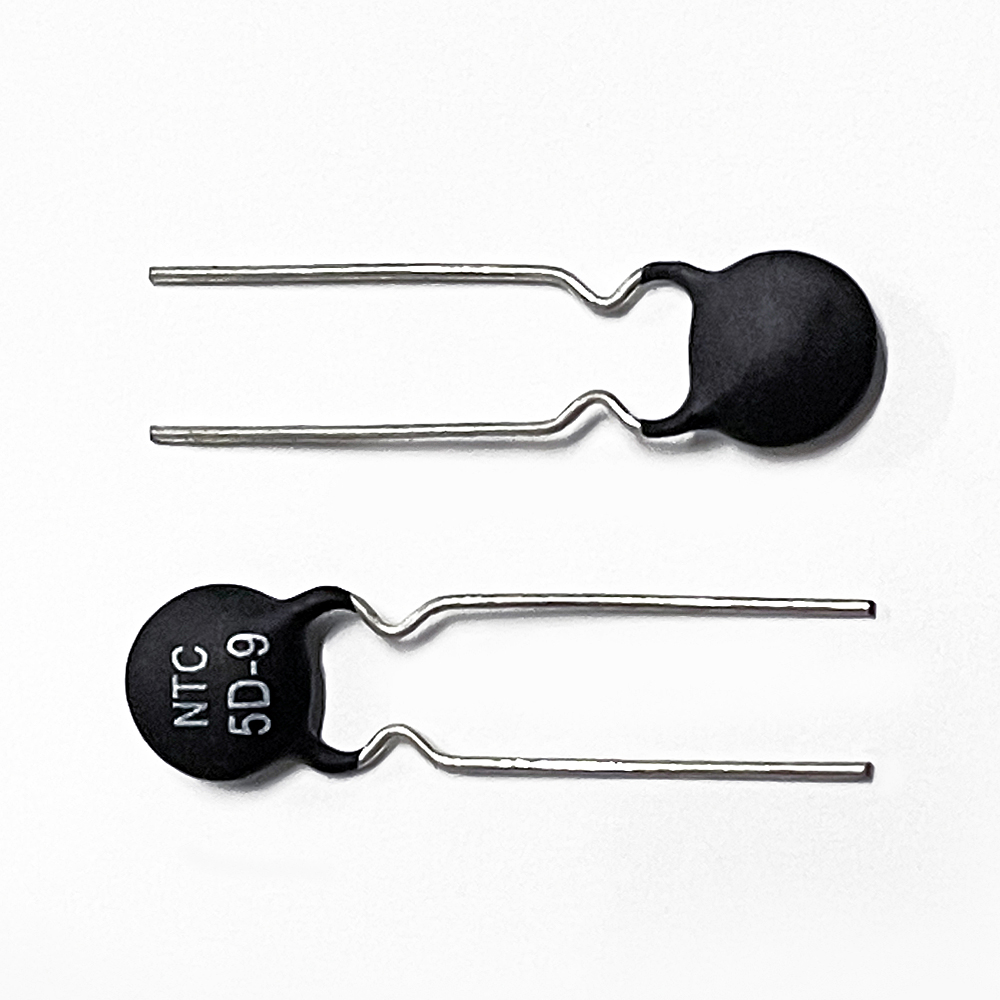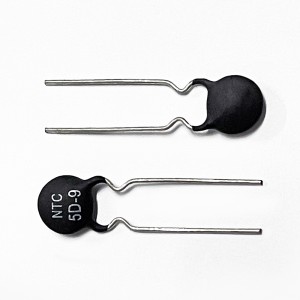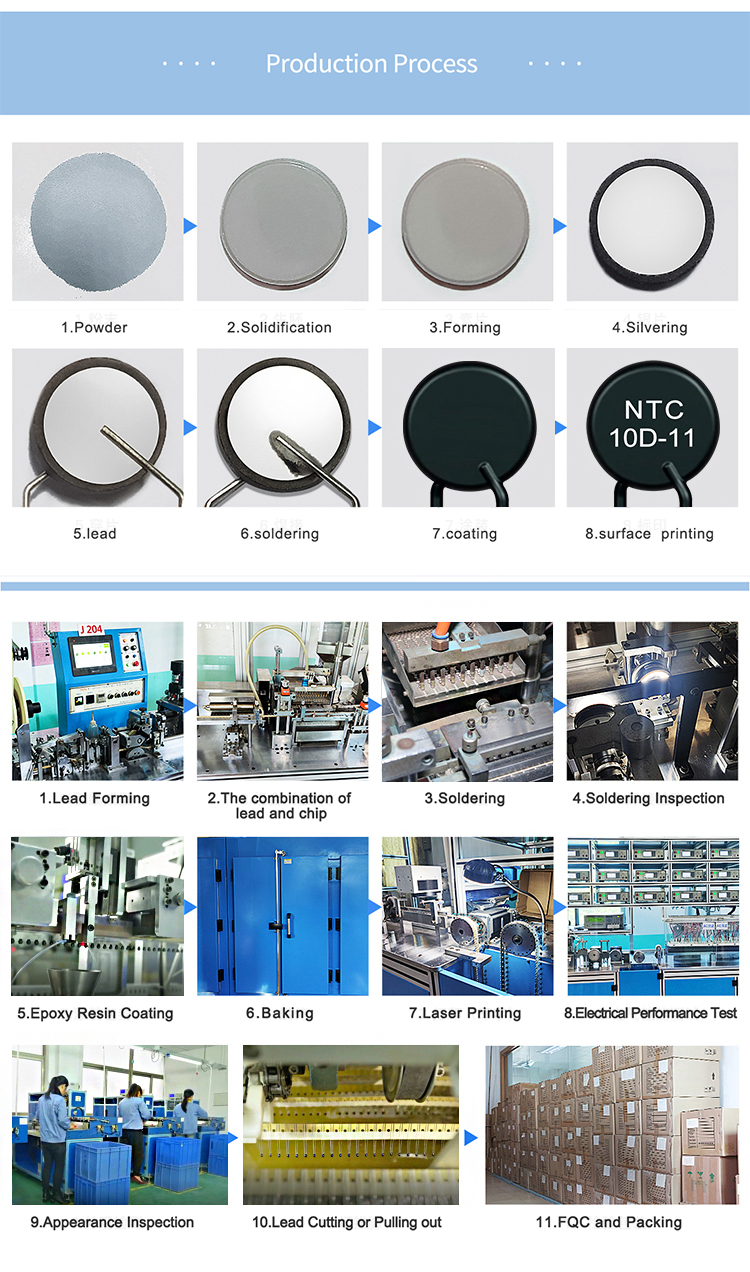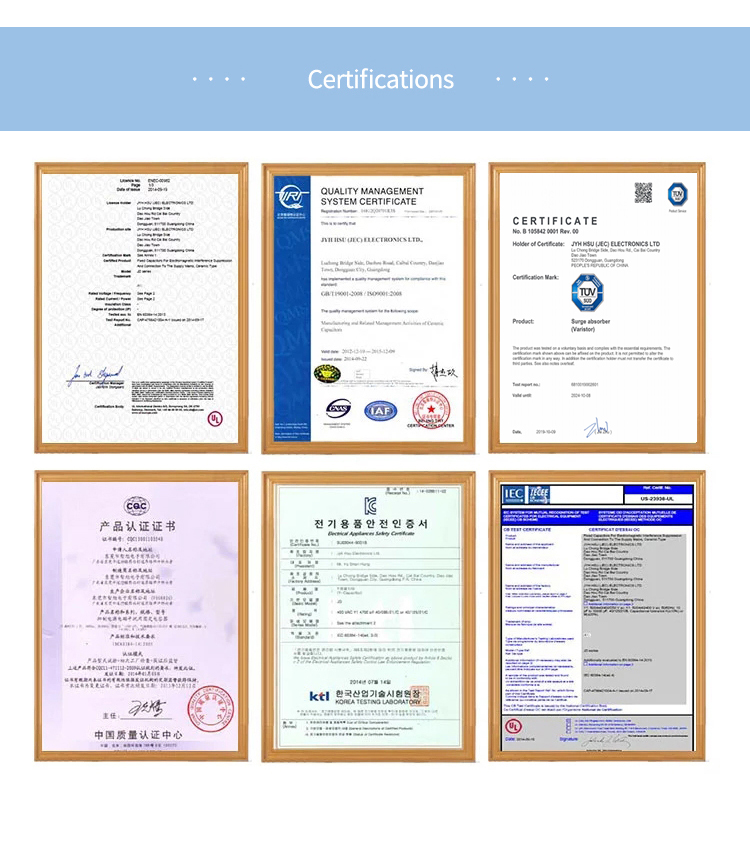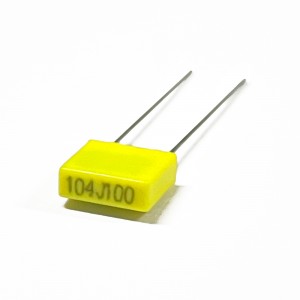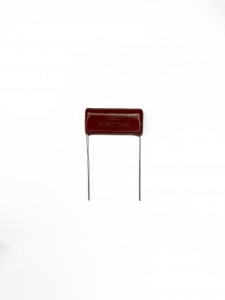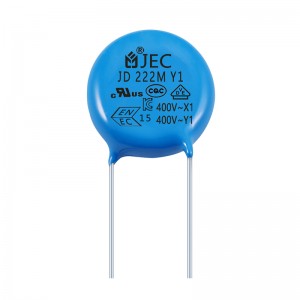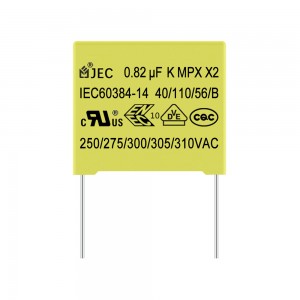Precision NTC 5D 9 Power Thermistor
Characteristics
This product is a radial lead resin coating type
Small size, high power, strong ability to suppress surge current
Fast response
Large material constant (B value), small residual resistance
Long life and high reliability
Complete product specifications and wide working range
Working temperature -55~+200℃
Production Process
Application
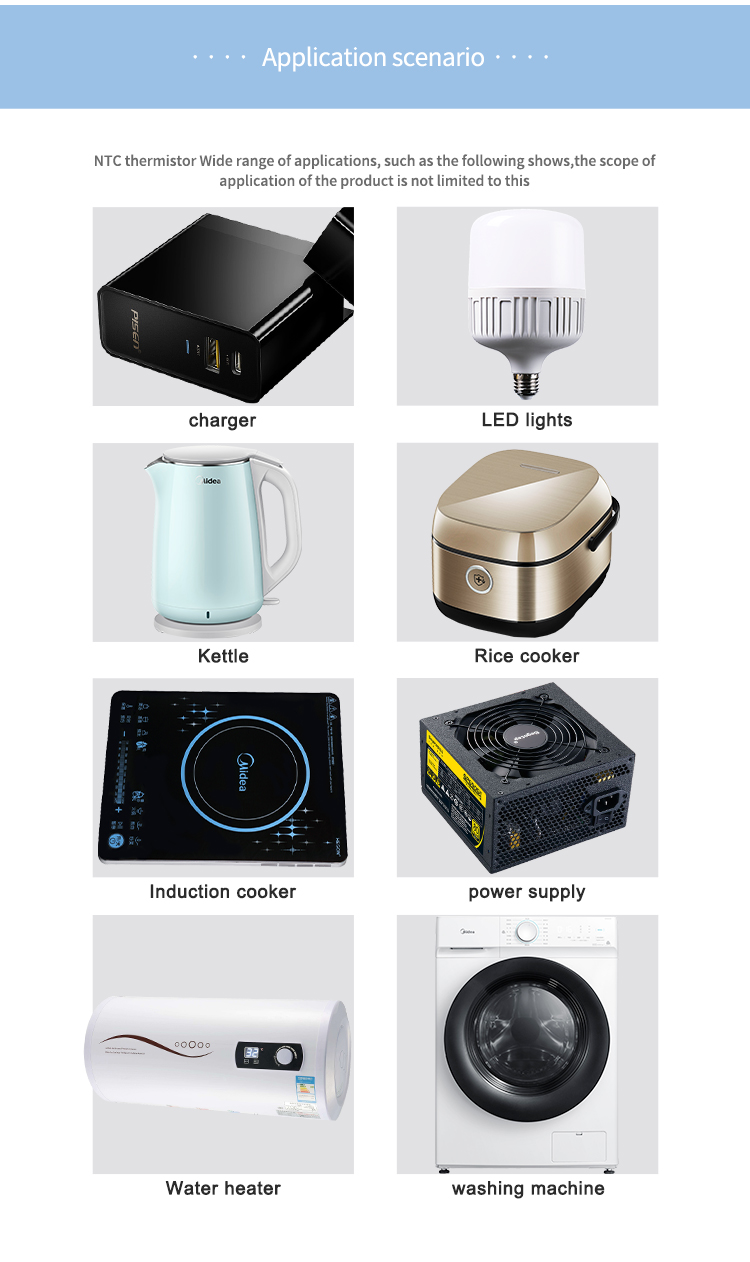
Conversion power supply, switching power supply, UPS power supply
Electronic energy-saving lamps, electronic ballasts
Electronic circuits, power circuits, etc.
Certification
FAQ
Q: What is the B value of a thermistor?
A: B value is a material constant that describes the resistance-temperature relationship, the value of B can reflect the degree of resistance to temperature changes between two specific temperatures, as the temperature changes, the product with a large B value under the same conditions, the resistance value changes more, that is, it is more sensitive.
Q: How responsive is NTC?
A: Response time is defined as the time it takes to reach 62% or a new temperature and is a function of mass. The smaller the sensor, the faster the response. A discrete sensor responds faster than when encapsulated in a metal housing. The typical response time of series NTC thermistor sensors is less than 15 seconds.
Q: Is the size of NTC small?
A: Epoxy coated discrete sensors typically have a maximum outer diameter of 0.95" and miniature glass sensors have a maximum outer diameter of 0.15".
Q: How do I choose a resistor value for my application?
A: In general, use low resistance sensors for low temperature applications and high resistance sensors for high temperature applications. The goal is to have an operating resistance value within the temperature range you require.

